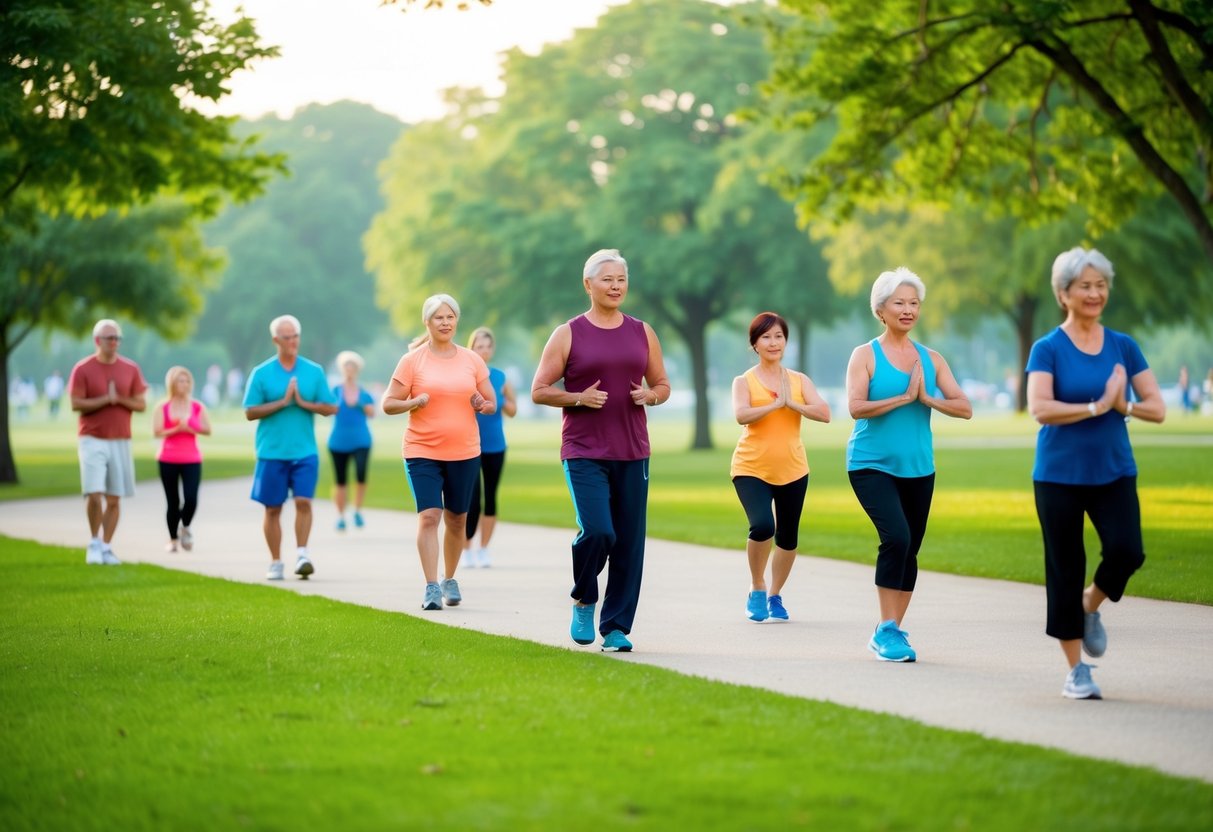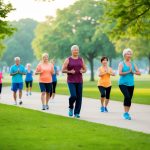
Searching for an effective workout routine that protects joints and minimizes injury risk can be a challenge. Low-impact exercises offer a beneficial way to maintain fitness at any level while also promoting overall health and decreasing the likelihood of injury. These exercises allow individuals to stay active and improve strength and endurance without putting significant strain on the body.
These routines cater to everyone, from beginners just starting their fitness journey to seasoned athletes seeking to enhance their workout variety. Walking, swimming, and cycling are examples of activities that qualify as low-impact, each providing cardiovascular benefits and fostering muscular health. Furthermore, incorporating yoga or pilates can enhance flexibility and boost mental well-being.
Incorporating low-impact exercises into daily or weekly routines can lead to sustained physical health improvements. Participants often experience increased strength, better balance, and improved joint mobility. For those concerned about injury, this form of exercise presents an appealing way to remain fit while ensuring joints and muscles are kept safe.
Understanding Low-Impact Exercise

Low-impact exercises prioritize minimal stress on joints, making them ideal for individuals seeking a gentler workout option. These exercises offer significant benefits for joint and heart health, making them valuable for people at various fitness levels.
Defining Low-Impact
Low-impact exercises are physical activities that reduce the forceful impact on joints. They include activities like walking, cycling, swimming, and yoga. Unlike high-impact workouts, these exercises maintain both feet on the ground or in close contact with a solid surface most of the time.
These activities are suitable for people with joint issues or those recovering from injuries. They provide an effective way to stay active without overstressing the body. Additionally, low-impact exercises are beneficial for beginners, older adults, and anyone looking for a sustainable exercise routine that minimizes the risk of injury.
Benefits for Joint and Heart Health
Engaging in low-impact exercises significantly contributes to joint health by reducing strain, thereby decreasing the likelihood of joint-related injuries. These exercises improve flexibility and strength without excessive pressure on ligaments and cartilage.
For heart health, low-impact workouts are equally beneficial. Activities like brisk walking and swimming elevate heart rate, enhancing cardiovascular endurance. It aids in reducing blood pressure and improving circulation. Regular low-impact exercise can also contribute to maintaining a healthy weight, further supporting heart health by reducing stress on the cardiovascular system.
Assessing Your Fitness Level
Assessing one’s fitness level enables the tailoring of exercise routines to match personal capabilities. It is essential to evaluate starting points for beginners and consider fitness goals for older adults.
Starting Points for Beginners
Beginners should focus on understanding their current physical condition before starting a fitness routine. This involves assessing flexibility, balance, strength, and cardiovascular endurance. Simple tests, such as timing a brisk walk or the number of push-ups accomplished in a minute, provide insights into an individual’s capacity.
Incorporating low-impact exercises like walking or swimming can gradually build endurance without overwhelming the body. Beginners should aim to set realistic targets, allowing themselves time to progress without injury or discouragement. Tracking improvements also plays a crucial role in maintaining motivation and adjusting the routine as they build confidence in their abilities over time.
Fitness Goals for Older Adults
Older adults have unique fitness goals that often focus on maintaining mobility, balance, and strength. It is important for them to consider any medical conditions before starting an exercise program. Consulting healthcare professionals ensures that the chosen routines are safe and beneficial.
Exercises like yoga, tai chi, or water aerobics help enhance flexibility and reduce joint strain. Older adults might prioritize activities that support daily living tasks, improving quality of life. Establishing consistent routines tailored to individual needs aids in achieving these fitness goals while minimizing risks associated with more vigorous activities. They should listen to their bodies and adjust intensity as needed, ensuring exercise remains a positive and fulfilling part of their lifestyle.



